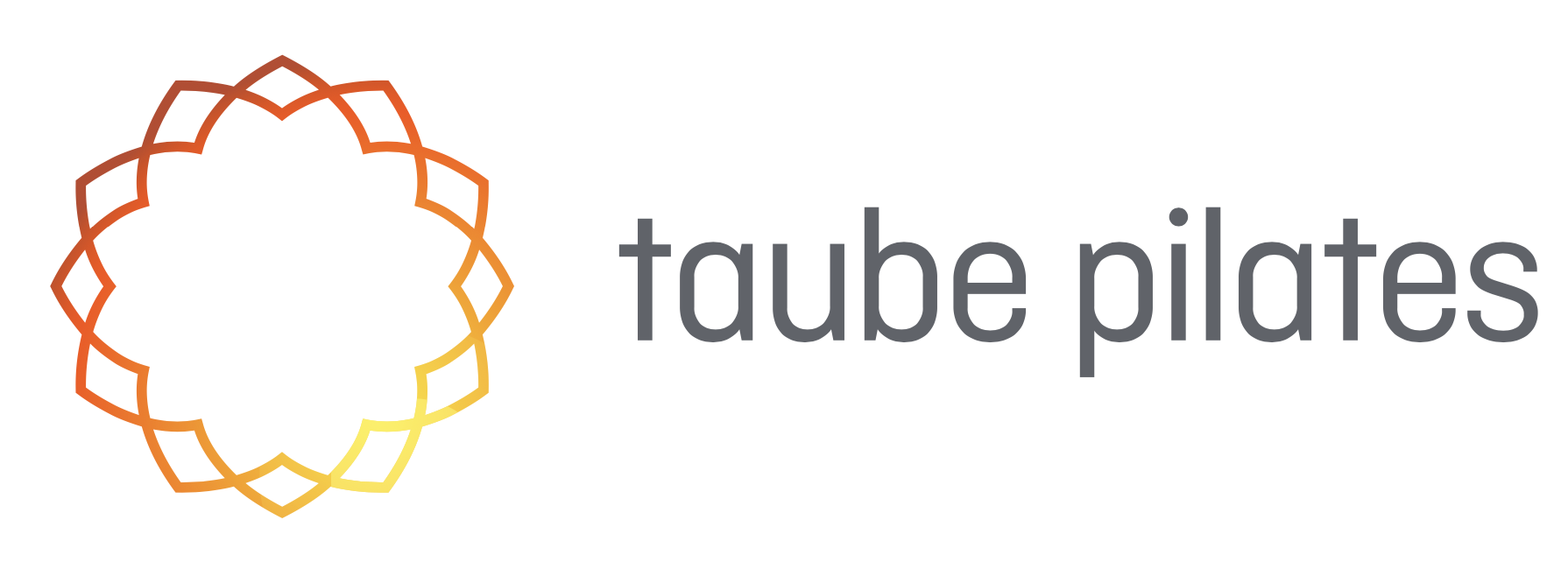Many people suffer for years from pain and dysfunction in the sacroiliac joint and the muscles that stabilize movement in your pelvis. A SIJ Dysfunction (Sacroiliac Joint Dysfunction) is a disorder of the sacroiliac joint, nerves and muscles due to an injury or misalignment of the sacroiliac joint. This joint is at the connection point between your sacrum and your pelvis. When injured or misaligned, there can be inflammation of the soft tissues in this region. This inflammation can result in many of the common symptoms associated with this condition.

The sacrum is the triangular bone at the base of the spine, the ilium are on each side – the wings of the pelvis. The SIJ is the connection between the spine and the pelvis. If we separated these two we would see they kind of have an ear shape. They lock together with grooves fitting into each other nicely. The SIJ has a little bit of movement. The movement is very slight – about 4 degrees of rotation and 1.6mm of translation (sideways). The SIJ is stabilised by compression. We have a number of ligaments that help to compress and stabilise the SIJ. Some muscles help to stabilise and compress the joint as well including Gluteus Maximus, Gluteus Medius, Obturator Internus and Piriformis.
For SIJ dysfunction we want to resist sheer into rotation and translation. Ligaments and muscles help to stabilise. SIJ dysfunction can occur during pregnancy with the production of the hormone relaxin. Relaxin softens all the structures in the body including ligaments and joints, especially allowing for a more flexible pelvis. Unfortunately this can cause instability in the SIJ too.

What are the causes of SIJ Dysfunction? Although SIJ dysfunction is not completely understood, there are several factors which could contribute to this dysfunction. Certain causes may include:
– The ligaments that stabilize the SIJ are damaged
– Arthritis in the SIJ
– Ankylosing spondylitis
– Pregnancy releases a hormone Relaxin that cause the ligaments that stabilize the SIJ to become more lax, this makes this joint vulnerable to misalignment, especially if there is poor posture.
While these are some of the more common factors which are related to this condition, there are some others, however, that can add to or make the problem worse. Contributing factors that may be overlooked include poor sleeping, sitting and standing posture. This can be made worse by weak core muscles. SIJ dysfunction symptoms can often radiate far from where the source of the problem lies. You may experience pain in your hip, groin, buttocks, and even down the back of the thigh. What causes SIJ dysfunction and are there any treatments available? Pain can be caused by trauma such as a blow to the SIJ in a car accident, or even (as happened to one of my clients) where she was standing with one leg up on a chair and the other on the floor during labor, causing her SIJ to become misaligned after delivery. If the SIJ is painful when sleeping, avoid sleeping on your stomach as this can put additional stress and a shearing force on the SIJ. Try sleeping on your side with the sore side facing up and a pillow between the legs for support.
Treatments from any health professional can never be guaranteed. However, in my experience, movement heals. SIJ needs a specialised Pilates program, and consultation with a Pelvic Health Physiotherapist. Exercise programs need to focus on; strengthening all the muscles around the pelvic girdle, changing positions often, works the core in very specific and controlled ways, improving posture and range of movement, and functional strength in the arms and shoulders. It is important also to work evenly on both legs. Avoid lumbar spine extension – which can have a shearing force at the SIJ. Work with a pillow between the legs to keep the hips on the same line when lying on the side. Keep range of movement small into abduction and limit movement on the sagittal plane into hip flexion and extension. Try to work evenly with both legs. The best position to work in, I find is 4 point kneeling, as this takes all the load off the SIJ. Think regressed push up, single arm pointer, single hand weights for triceps, and posterior deltoid. Remember to strengthen all the muscles around the hip without creating a shearing force. Think squats, clams, oysters and clam kicks.
Have you ever had SIJ pain or worked with someone who had SIJ dysfunction? I would love to know your experiences. Please share your stories!
